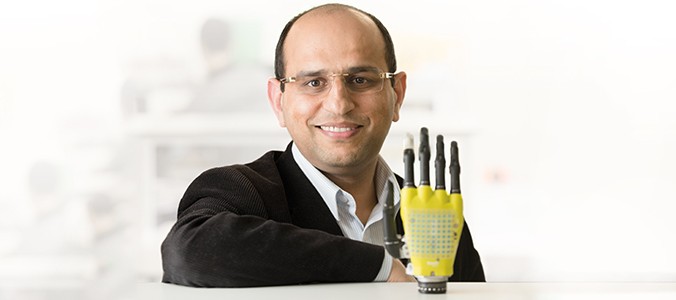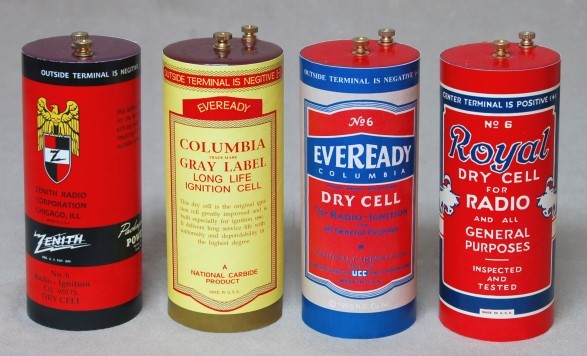
If it weren’t enough that our friend Elon Musk gave us terra-cotta style solar panel roof tiles, we now have the human body equivalent. Engineers have created a skin for prosthetics that can turn sunlight into energy.
The possibilities, like all nascent technology, seem endless at this point, but they may actually be endless.
Solar-powered skin solves many prosthetic limb problems up front, but also makes the skin more skin-like. Its invention could change more than just synthetic limbs. It could change synthetic people.
Power Issues
When it comes to prosthetics, the challenges are many-layered. Beyond aesthetics and motor functionality, our current battery technology has barely improved in the last century.
We’ve made tweaks, but today’s batteries still die, even the rechargeable versions. We have yet to create a super thin, endlessly viable portable energy source. Many believe that this is the single pivot point for the next generation of electronics.
Maybe, but for prosthetics, heavy batteries are a problem if you want a multifunctional limb. A good fake limb not only looks the part, at least enough to function the same or work the same.
That means the user can feel objects, their temperature or the delicacy of their features. Otherwise, that user may cause harm to the limb or object. All of these inputs require power.
All of these functional aspects require power.
Dr. Ravinder Dahiya
From the University of Glasgow School of Engineering, Dr. Ravinder Dahiya and his team have a potential solution. The skin they’ve created, utilizes graphene, humanity’s favorite super material of the moment.
Graphene is the new kid on the block, but making a name quickly as it’s already our strongest material. It’s also conductive, flexible, ideal for collecting energy from the sun amongst other tasks.
Because graphene is 100 times thinner than paper, you can put it anywhere, and it allows light to pass through if you so desire, perfect for fake skin.
The skin they’ve created allows users to feel the contact pressure and temperature of objects, all powered internally. This means they can make advanced prosthetics lighter, but Dahiya’s team intends to push the material farther.
The Future
They think it can power than just its internal functions. It may also be able to power mechanical elements within the prosthetic.
Alternatively, it may work as an energy collection site like roof tiles, drawing power to a storage battery or recharging existing batteries. They could also put the skin on robots.
If we are going to have robots in our homes, they need to be able to touch and feel us, such as when they help an aging adult off the ground. They need to move our possessions without breaking them, to cook and clean without destroying their costly parts.
These activities all mandate those robots can “feel,” even if their perceptions are artificial. It also means we could power those bots by their skin.
These discoveries always stoke the imagination, guilty as charged, but it’s so easy to imagine the future we want to see.
IMHO, Dr. Dahiya is that kind of dreamer too. Who wouldn’t dream standing in his shoes? This invention could make him a lot of money.
Good for him. Good for his team. Good for us.
Source: BBC

